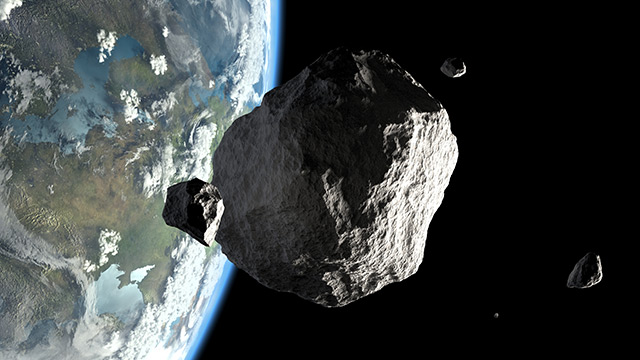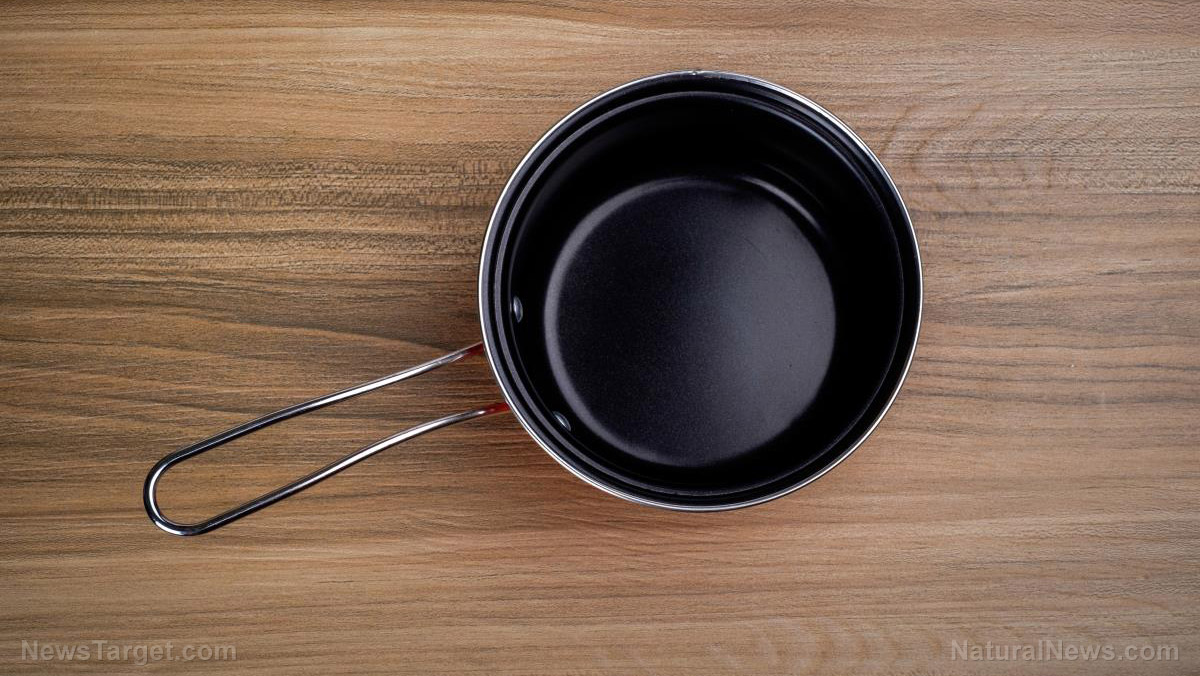How to make your own gypsy well
08/31/2018 / By Zoey Sky

Before SHTF, one thing that you should prioritize is a steady water supply. Without clean water, you won’t have anything to drink or cook with. This can be an even bigger problem if you’re outdoors and you’re not sure where to get clean water. You can’t risk drinking water from a questionable source because this is the fastest way to get sick. (h/t to Survivopedia.com.)
Purifying water with a gypsy well
A gypsy well, also called an “Indian well,” is a natural and effective way of purifying muddy water. It is a simple method that uses the ground to filter solids and dissolved solids out of the water. The ground can purify rainwater and any water that passes through it as it goes down to water-bearing strata.
A gypsy well is a square-shaped hole in the ground with straight sides that measure about one to two feet deep and one to two feet on the side. If you’re digging the well in soft ground, add sticks or stones to prevent the soil in the walls from collapsing.
A gypsy well is similar to a bio-filter because they both have three separate layers of material that filters water:
- Gravel – Removes large solids
- Sand – Removes small solids
- Activated charcoal – Removes many microscopic pathogens in the water
The well can also be used to draw water out of the ground, especially if you’ve run out of surface water. Create a well near a dried-up or nearly dried-up stream bed, where the water has soaked into the ground. You can also use a gypsy well near some trees that require a lot of water, e.g., alder, poplar, or willow. (Related: Long-term water storage: Tips for stockpiling water in 55-gallon drums in your garage.)
Tips for making and using a gypsy well
Ideally, a gypsy well should be created near a water source. Start digging the well so that its edge is at least several feet near the body of water that you’re trying to gather water from.
To gather subsurface water with a gypsy well, find a location where water is likely to be. For example, the lowest point that you can find will probably have water.
With a dry or semi-dry stream bed, find a low point where a pool would normally form. This is the best place to find water close to the surface. If you’re planning on digging a gypsy well in a valley, pick a low point instead of digging on a hillside.
Underground water can often be found near areas with soft ground or mossy grass, along with lush areas of plant growth. Avoid areas with any chemical spills, poisonous plants, or any sort of runoff.
Sandy soil is better for digging a gypsy well than pure dirt because wells made out of the former will give you clearer water. Soil with clay should also be avoided since it can slow the movement of water from the soil into the well.
If you’re making a gypsy well to filter water in a stagnant pool, it doesn’t have to be as deep as a well for gathering underground water. When digging in an arid area that hasn’t seen much rain, you may need to dig a deeper well.
Take a stick and lean it against the side of the well so any small animal that falls in the well can escape. Add another longer stick and bury it in the ground to let people know that you’ve dug a well in the area.
Gypsy wells are convenient, but they also require patience since it may take a while before it’s filled with water. You might even have to leave it overnight. Letting the water seep overnight will allow any sediment in the water to settle.
Before you drink water from a gypsy well, pre-filter it using a clean shirt or other materials to remove as much sediment as possible. Always purify water from a gypsy well before drinking it.
Other methods to pre-filter water include:
- Chemical purification – The best chemical purifier is chlorine bleach. Use at least eight drops of bleach per gallon of water. You can also use water purification tablets.
- Filtration – Use a pre-filter bag. If you don’t have a pre-filter bag, use several layers of dense cloth, quality felt, or a clean shirt. Another option is a straw-type filter like the Lifestraw. Before using a filter, let the gypsy well turn the muddy water as clear as possible.
- Heat – Boil or pasteurize water to kill any microscopic pathogens, so the water is safe to drink. Include a water pasteurization indicator (WAPI) in your survival gear so you can pasteurize water even without boiling.
Gypsy wells aren’t finite sources of water, and you may need to dig several if you’re staying somewhere longer than a day or two. Always fill in used up gypsy wells to avoid accidents.
If you’re outdoors, remember the tips listed above so you can dig a gypsy well and gather water.
You can read more articles about the benefits of having a gypsy well in your homestead at Preparedness.news.
Sources include:
Tagged Under: bug in, bug out, bugging in, bugging out, bugout bag, Collapse, disaster, emergencies, emergency preparedness, Homestead, homesteading, multipurpose survival tools, off grid, preparedness, preparedness and survival, prepper, prepping, prepping tips, self sufficiency, self-reliance, self-sustainability, SHTF, survival, survival skills, survival supplies, Survival Tips, survival tools, survivalist
















